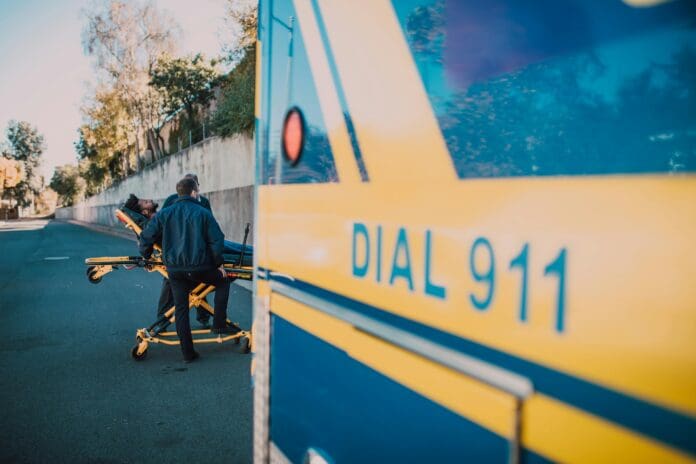This post is also available in:
 עברית (Hebrew)
עברית (Hebrew)
As emergency services evolve to keep up with new communication trends, innovative technologies are enhancing the effectiveness of response teams. The latest advancements allow for the integration of text messages, video, and real-time translation, revolutionizing how dispatchers and first responders handle emergencies.
Recently, the 911 Center in North Platte, Nebraska, has adopted this cutting-edge technology, allowing dispatchers to receive text messages, images, and even video footage from callers. These advancements are expected to dramatically improve the speed and accuracy of emergency response, ensuring that responders are better prepared before they arrive at the scene.
Traditionally, emergency calls have been made via voice communication. However, as communities increasingly turn to digital communication methods, 911 services are slowly adapting to incorporate alternative forms of contact. One such shift is the integration of text messaging, which is becoming an essential tool in emergency response. With the ability to process text messages, images, and videos, dispatch centers now have the opportunity to gain valuable information before responders arrive at the scene.
This technology allows for real-time situational awareness, such as receiving visual data during incidents like fires or rescues. Dispatchers can assess the color of smoke, the size of flames, or the environment surrounding trapped victims, enabling responders to plan their approach with better precision. This added layer of insight can help identify the necessary equipment and personnel ahead of time, ultimately enhancing safety for both responders and the public, explained North Platte Chief of Police Steve Reeves, according to Interesting Engineering.
In addition to visual aids, advanced translation services are now incorporated into emergency response systems. AI-based translation tools ensure that language barriers no longer impede the ability to communicate with people in distress. This is especially critical in diverse communities, where non-English speakers may need urgent help.
By utilizing text, video, and automated translation, emergency services can dramatically improve response times, accuracy, and the overall effectiveness of assistance. Experts agree that such technology enhances situational awareness and strengthens decision-making in real-time, which is crucial for saving lives and ensuring public safety.




